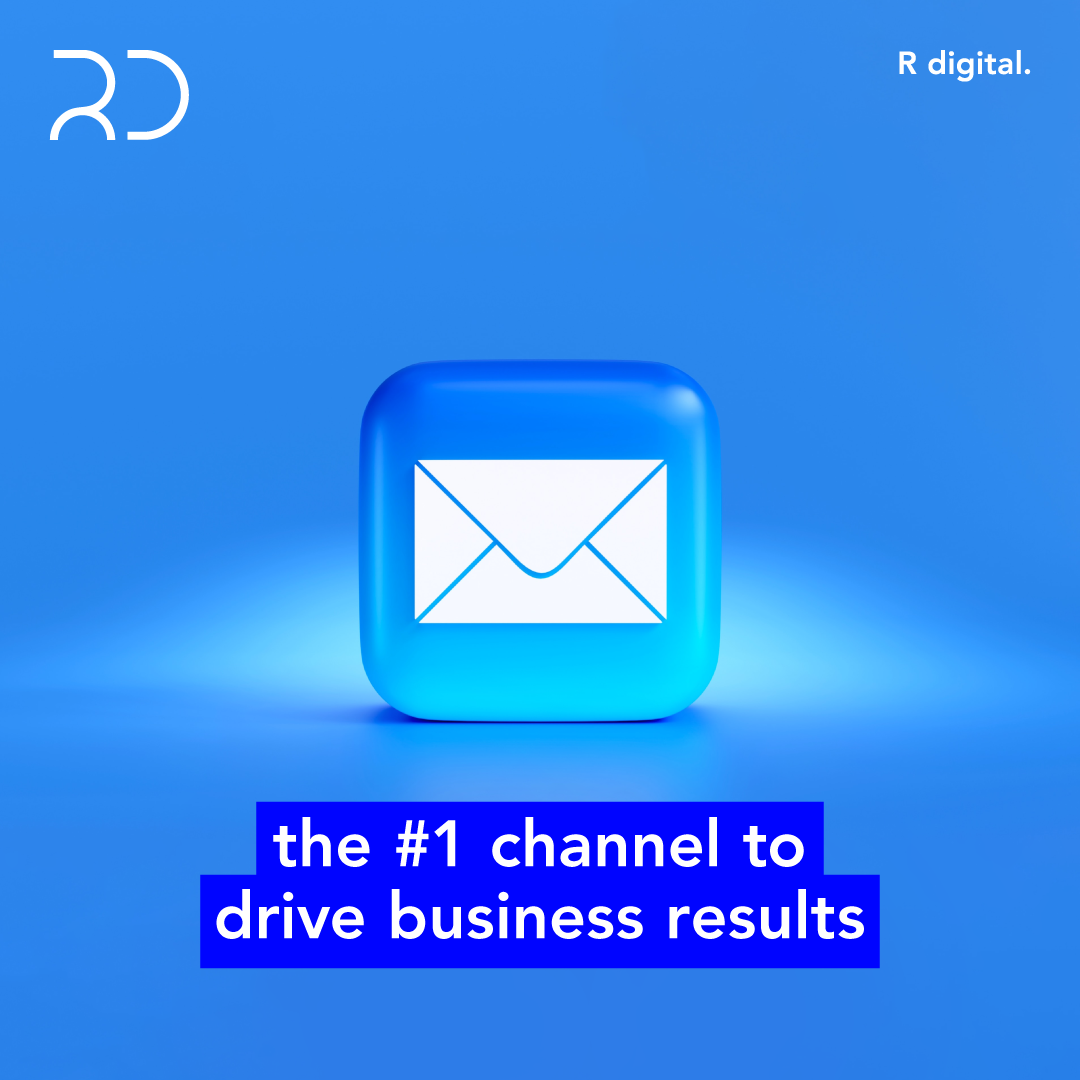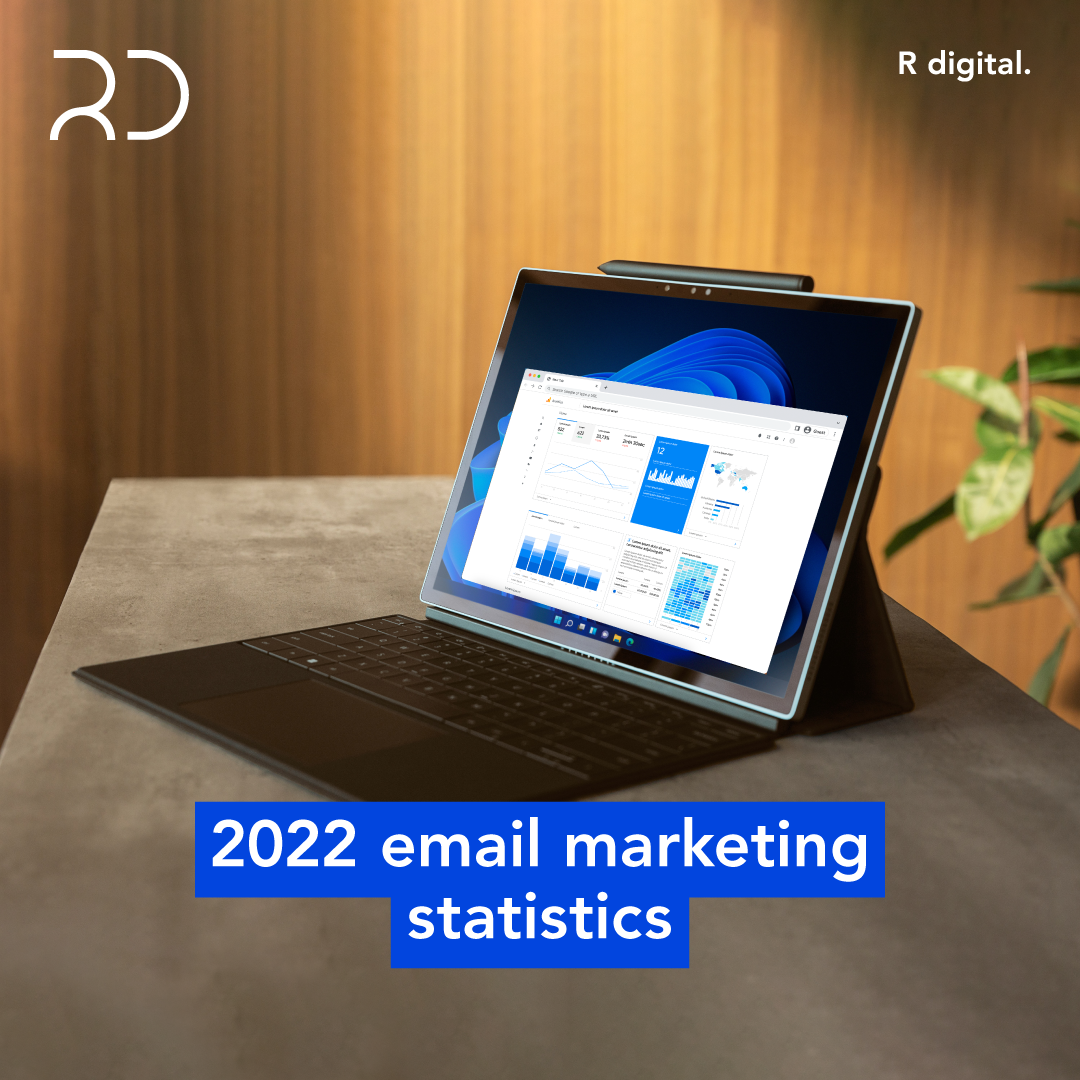When it comes to email marketing, there are dozens of ways to make this process effective and productive. A marketer’s main aim with emails is to increase the open, click-through rates, and conversion rates, which they attempt to achieve by optimizing the layout of their email content, incorporating enticing subject lines, enriching email bodies with visuals, etc. There are other ways to refine emails and make them more converting such as AB testing and the use of software tools that prevent emails from landing in the spam folders. Unluckily, email marketing segmentation remains an overlooked strategy among others despite its effectiveness.
What Is Email Marketing Segmentation?
As the name suggests, it is a process of segmenting your email receivers based on the data you have available on them. The purpose of email marketing segmentation is to increase the conversion rates of your emails and make them more personalized. So, you have a huge database of customer emails. You look into the information that each contact has provided you and segment the list into small “sub-lists” wherein each sub-list has contacts to which you can send identical emails. Here is what segmentation looks like on a basic level.
Segment A
List of contacts -> List of contacts who searched product XYZ on your website -> List of contacts who searched product XYZ on your website but did not open the marketing email
Segment B
List of contacts -> List of contacts who searched product XYZ on your website -> List of contacts who searched product XYZ on your website and also opened the marketing email
Segment C
List of contacts -> List of contacts who searched product XYZ on the website -> List of contacts who searched product XYZ on your website, opened the marketing email and also clicked the link in it
You have to create a lot of touch-points for your customers to interact with your brand to collect valuable data—more data means more power.
How Email Marketing Segmentation Works
Properly segmented lists let you tailor emails specifically for that group. The email you send to a customer who abandoned your website from the checkout page has to be different from the email that you are sending to a customer who only browsed a couple of products on your website. Approaching both the customers in the same way is counterintuitive and non-productive. Here is a basic example of what the two emails should look like.
Customer A (Browsed a couple of products on the website)
Hi (customer A),
We appreciate your visit to our website and thought some of the products would be perfect for you based on your interest. (Follow with links of products based on the ones customer browsed on the website)
Thanks.
Company ABC
Customer B (Abandoned from the checkout page)
Hi (customer B),
We appreciate your interest in our product XYZ and thought it would be the perfect time to give you this discount code to get free shipping on your order. (Slather a big and conspicuous discount code in the email).
Thanks.
Company ABC
In this way, you can create segments of customers that fall in the same category. It boosts your conversions considerably, and the Lyris Annual Email Optimizer Report proves that. According to the report based on 69% respondents who used segmentation in their email marketing, these were the results.
- Up to 24% saw a boost in their revenues
- Up to 24% saw an improvement in sales leads
- Nearly 28% witnessed lowering rate of un-subscription
- Nearly 40% marketers saw a boost in email open rates
Many respondents also agreed that their emails were more relevant to their customers’ needs after segmentation.
A Few Segmentation Tips
While the possibilities of segmenting your customers are unlimited, here the most common and profitable segmentation criteria.
- Based on the products your customer browsed on your website
- Based on who opened the email and who did not
- Based on buyer persona using their social data
- Based on where the customer likes to purchase i.e. online or physical store
- Based on where they abandoned the cart
Again, your segmentation will be as powerful as the amount of customer data available in your database.
Final Word
Businesses all around the world are competing in a completely new battleground today. The contest is not about who gives customer more for less. Instead, it is about who gives customers exactly what they want. The success of a business in this competition depends on the amount of data they have, and more importantly, how effectively they use the modern analytical tools to make sense of it.



